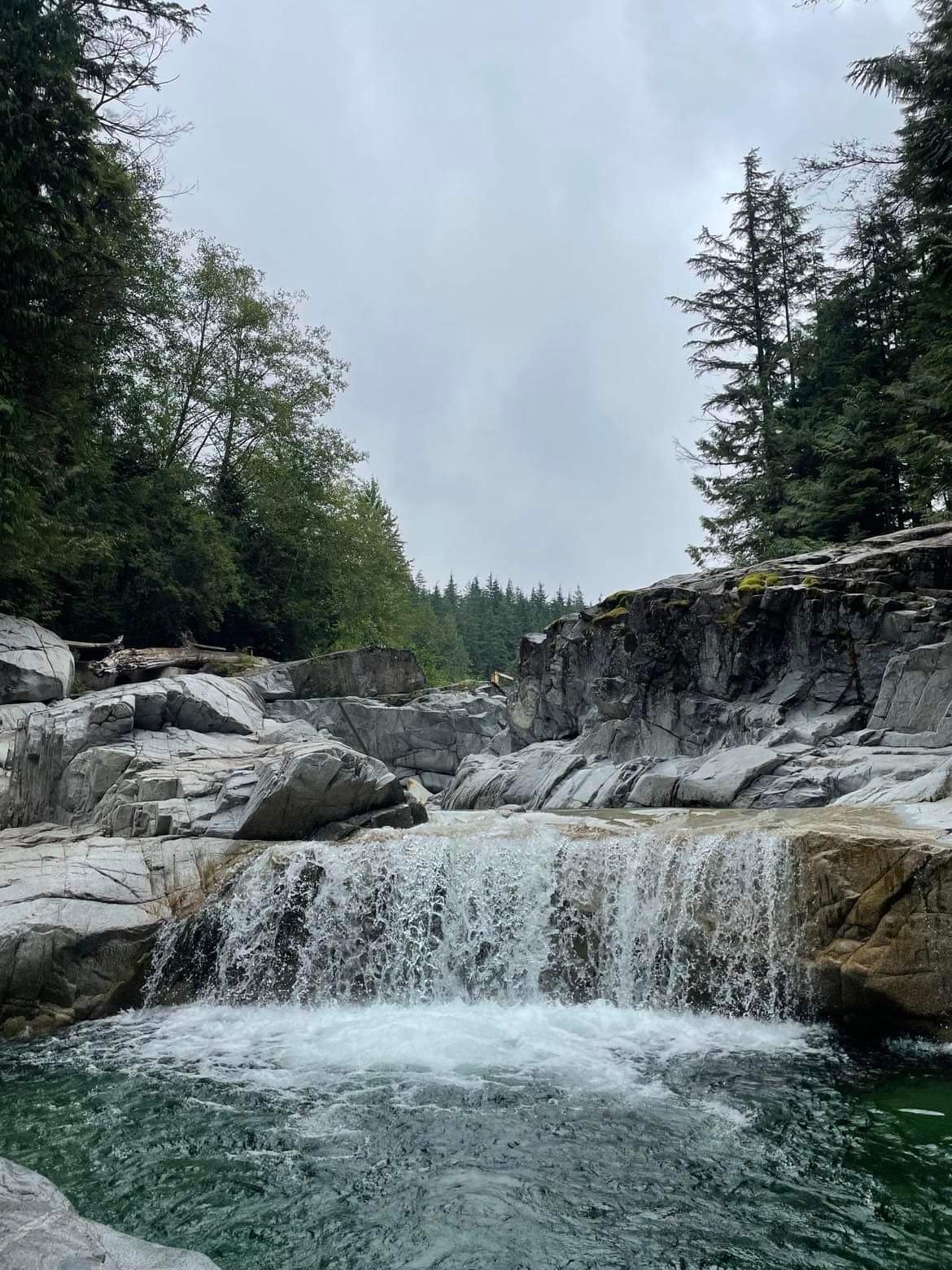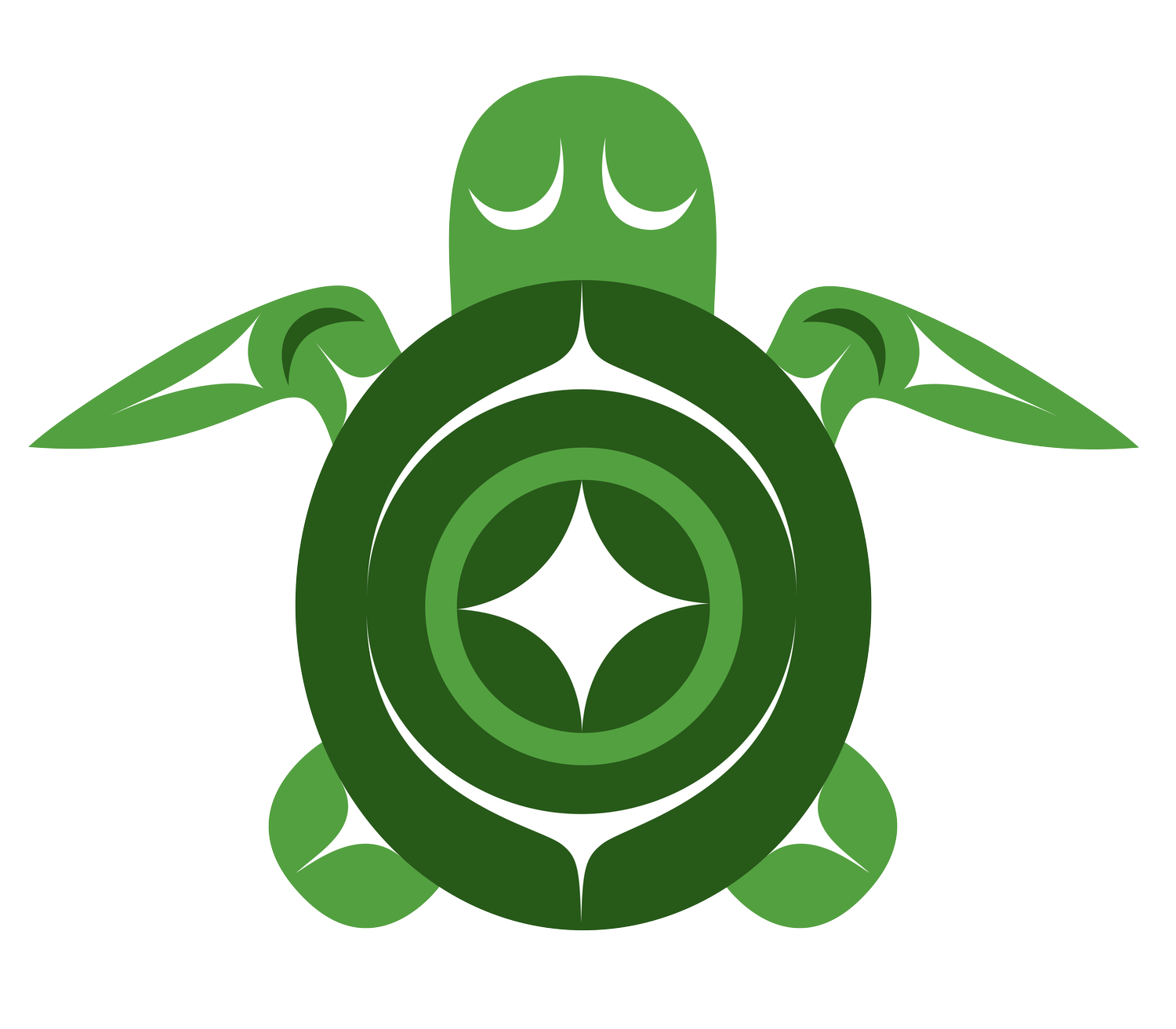Our Work is Rooted. Our Tools are Evolved.
Indigenous culture meets emerging tech — and we lead the way.
50% of all NFT profits will be donated towards 3 indigenous programs, organizations, and charities that are fighting for clean drinking water on reserves, assistance with Missing & Murdered Indigenous Women (MMIW), self-governance for First Nations, indigenous youth, and support for those affected by the traumas of residential school.
1 ➽ Bringing people to life through adventure with the Tortoise Tasks where people can learn about indigenous culture and issues.
2 ➽ Sending a lucky group on a vacation to Tigh Na Mara Resort & Spa in Supernatural British Columbia, Canada. Winners will eat endless tapas in a tree house, enjoy spa treatments, soak in the Grotto’s Mineral Pool, & wake up to an ocean view. Yes – Community Members from anywhere in the world.
3 ➽ Launched a NFT collection made up of 10,000 unique pieces featuring 12 creatures from Turtle Island. They were designed by Coast Salish artists – Margaret August and Ovila Mailhot. There are orcas, wolves, bears, sasquatchs, thunderbirds, eagles, salmon, and much more – each with their own story.
4 ➽ Donating 50% of the profits from the sale of the Turtle Island NFT Collection towards 3 indigenous programs, organizations, and charities that align with things that we care about.
5 ➽ Helping those who don’t know anything about navigating the Web3 world purchase their first NFT.
6 ➽ Providing Augmented Reality Merchandise that allows the wearer to have powerful Eagle Wings appear on their back when scanned by a phone. The wings were designed by artist, Binx O’Rourke, and the collection will help us market the NFT Collection itself.
7 ➽ Featuring incredibly talented indigenous artisans and artists on the global stage.
Proper Exploration
Turtle Island is the re-creation of something that already exists. The continent of North America was originally called Turtle Island. Our goal is to travel back in time to capture the purity, life, joy, and excitement that First Nations and other indigenous people enjoyed prior to things getting complicated. We want to mix a respect for nature and what it means to be a part of the ancestry and origins to our modern day reality. Turtle Island is helping build a connective kinship that will extend past our families to those in a variety of diverse and intriguing communities. Our network will be bonded globally through art, participation in tasks, and supporting each other to build a better future for indigenous people.

Entry into Turtle Island is not restricted to indigenous people. Our team wants to educate, include and foster relationships with people from all over the world.
Want to know what an NFT is? Let Forbes and CNN Business break it down for you.
At Turtle Island NFT, we are acutely aware of the environmental impacts associated with new technologies and strive to ensure that our initiatives align with our commitment to sustainability and support for indigenous communities. NFTs, facilitated by blockchains like Ethereum, do not rely on a single entity for operation. Instead, individual miners across the globe validate transactions by solving complex equations, which indeed consumes energy.
However, we actively explored more energy-efficient blockchain alternatives for minting our collection, reflecting our dedication to reducing our ecological footprint. This is why we went with the Solana blockchain. It’s important to recognize that the infrastructure supporting these technologies, such as supercomputers, would exist regardless of NFTs or cryptocurrencies, as they are also used in numerous other sectors to generate revenue.
Decentralized banking, as represented by blockchain technology, offers significant long-term environmental benefits over traditional centralized banking systems. First, it eliminates the need for physical bank branches and the associated overhead energy costs, from daily operations to the commuting footprint of bank employees. Second, blockchain technology can lead to more efficient transaction processing, reducing the energy consumption per transaction compared to the energy-intensive processes of conventional banking systems. One crypto mining operation could replace 500 banks.
Centralized institutions often concentrate wealth to the few, whereas decentralized platforms can redistribute economic opportunities more equitably. Through Turtle Island NFT, we not only showcase and monetize indigenous art but also reinvest profits back into indigenous communities, supporting economic empowerment and cultural preservation.
Critics may argue that NFTs contribute to the climate crisis, yet it’s crucial to consider the broader context. The traditional methods artists use to produce and distribute physical art—such as manufacturing paper or wood, producing paints, and shipping goods—also involve substantial energy use and carbon emissions. Our project provides a platform for indigenous artists to share their work globally without relying on these resource-intensive processes, potentially reducing the environmental impact of art production and distribution.
We believe in the transformative power of indigenous art and are committed to advancing both environmental sustainability and cultural vitality through our NFT project. We are confident that the benefits of this initiative will resonate with you, offering both a meaningful investment in art and a step forward in ecological and social responsibility.
Winners of our Grand Prize draw will indulge and relax at a world renowned spa.
We also run regular giveaways called “Land Back Loot” featuring products made by incredibly talented Indigenous makers — delivered right to your door. Check out the Tortoise Tasks to learn how you can enter!”
















